On day three of awesomeness. Melissa and I wake up early to join the pita run for our lunch. We walk uptown with Aubrey to a darling little bakery. There’s a sea of delightful little pastries, racks of buns and stacks of pita. Oh, I could stay here for a long time just breathing in the happy smells. When we get back to the hostel Dr. Wright is having a quick geographical lesson with his students. There’s a huge topographical model of Israel outside our rooms and its pretty cool how you can look down the wadis and see what mountains would have constricted travel or where battles were fought. Its a bit comical to see all the grad students hunched around the map, peering here and there. 🙂
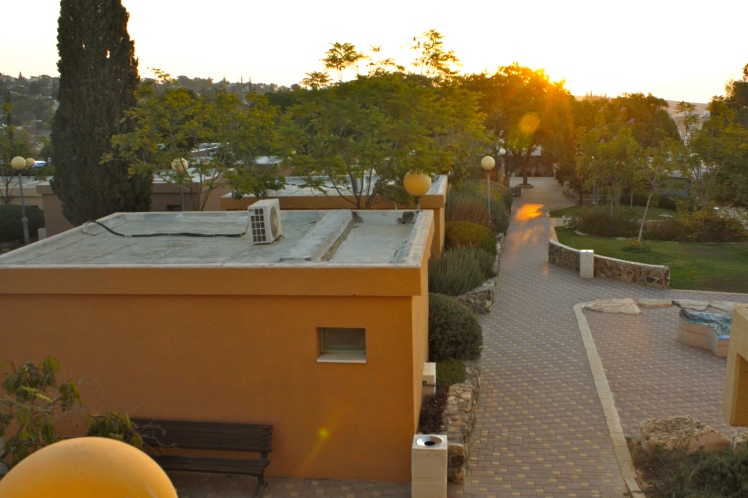

After breakfast we head for Masada on the shore of the Dead Sea. After gawking at the mammoth rock fortress from below we head up the Roman siege ramp on the west. My mind replays events that may have taken place here. The brutality of the Roman army to their Jewish captives while they were laying siege to this place. The heat and suffering that must have taken place while building the wall all around this giant stronghold and then the ramp up to the top as well. All the while, inside the stronghold the small group of Zealots or Sicarii (dagger-men) were able to live in ease with their families because of the abundance of provisions and water that had been stored here. But, how did these things get here? How did a huge fortress and multiple palaces come about here?

Well, who builds huge, crazy fortresses in the middle of the desert but Herod the Great? There was actually one built first by a high priest called Jonathan which then caught Herod’s attention and he enclosed the entire area on top and built his own fortress. This is another one of his extreme building plans in line with his escape route. There are bathhouses, with hot, warm and cool baths; a synagogue and huge storerooms. There’s underground cisterns and a large pool. And on the northernmost tip is Herod’s magnificent three-tiered palace built against the sheer rock cliff. Josephus records that Herod had enough food and water stored up here to sustain 10,000 soldiers for 10 years. Keep in mind that Josephus is known for his exaggeration but it shows what extreme measures Herod went to for survival. Scholars aren’t even sure that Herod ever visited here, but everything had to be in readiness if he ever decided to show up.
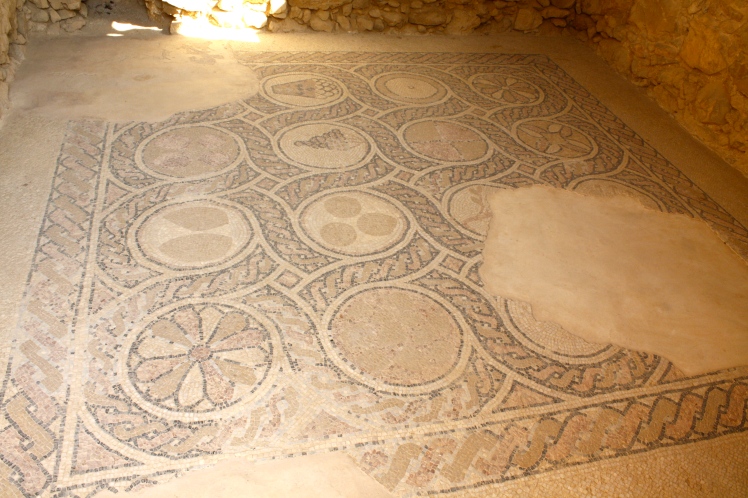
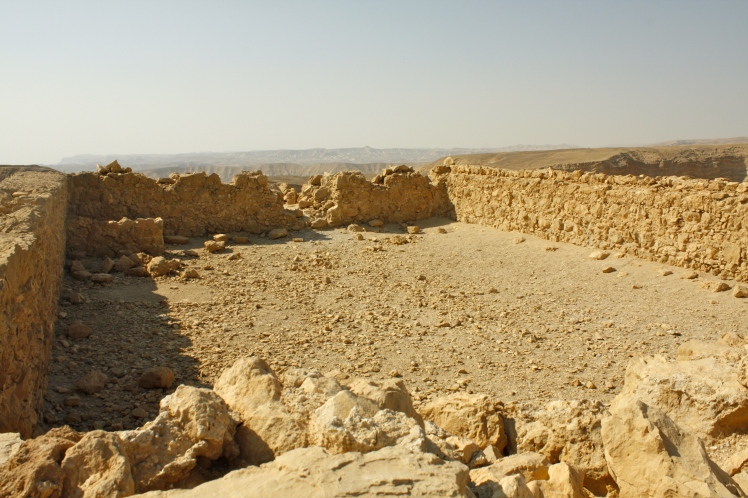
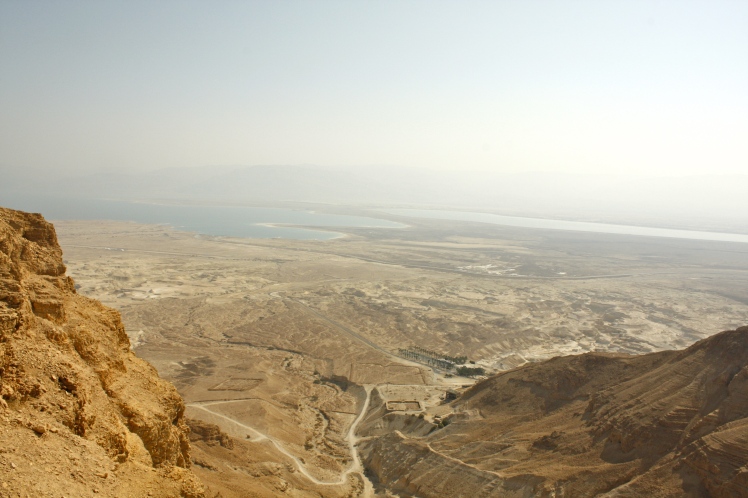
So when the Sicarii fled here for refuge from the Romans everything was set for them to be secure for years, or so they thought. After only about two years though, the army succeeded in breaking through the walls and conquering the stronghold. But when the Romans broke in only eerie silence met their ears. The Sicarii, in their strong belief that the kingdom should be taken by force also thought it to be more honorable to die by the hands of one another than to fall into the ruthless Roman clutches. During the night before the conquer, while the army camped below, they drew lots and each man killed his family, burned their possessions and waited until the last man that had been chosen came to end his life. What a sad, distorted scene in light of God’s redeeming grace and His true plan for His people.

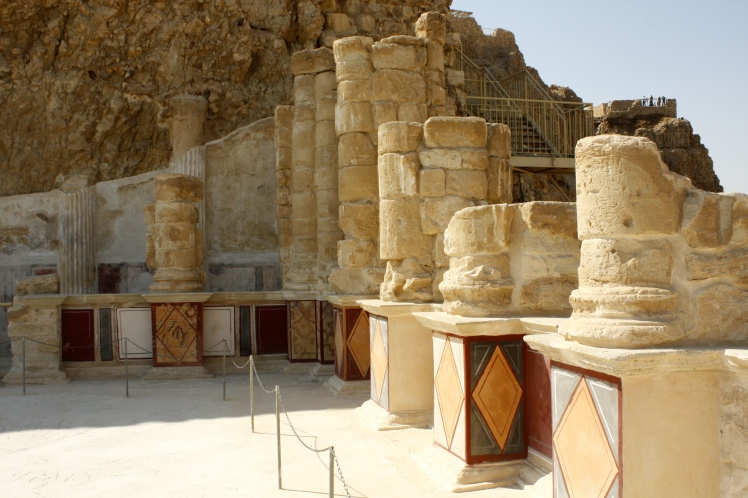
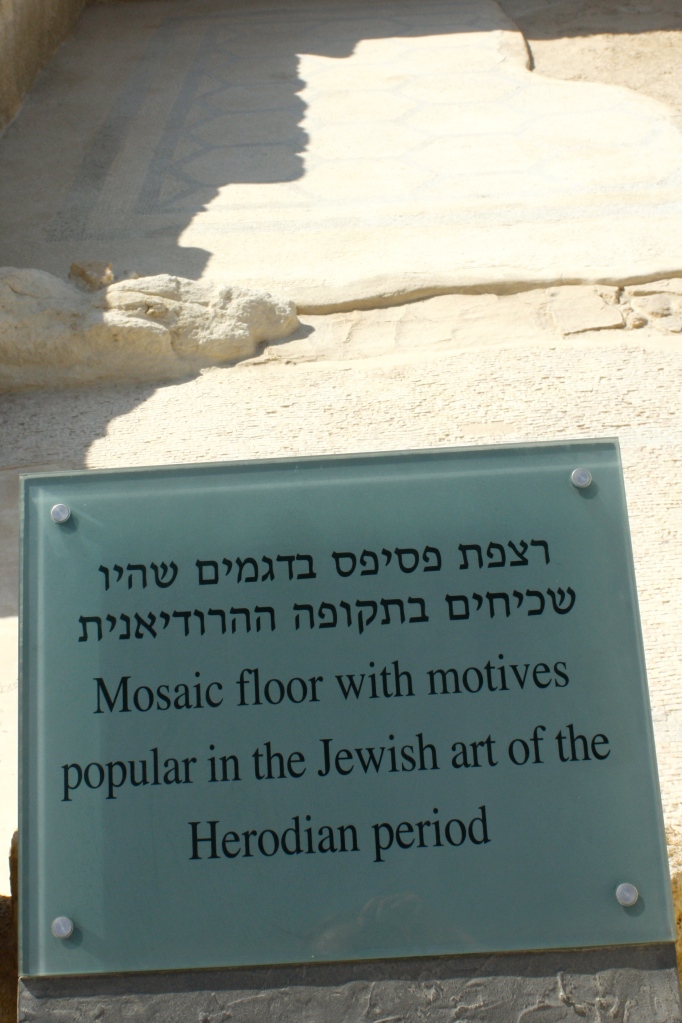
I took the snake path down the steep eastern side of the mountain. Josephus was pretty accurate in his writing about this when he said that “one traversing this route must firmly plant each food alternately” even though modern work has made it much easier than it must have been back then.
We turn north to En-Gedi from here, driving along the Dead Sea. Today we can see the sea but its out quite a ways from where we’re driving. Our bus driver said he remembers when the shore was right along the edge of the road just 10-15 years ago! Statistics show that the water drops three feet each year and there’s a lot of talk about what could be done to save it but no good plan has been devised yet.
With the sea on our right we turn left into the entrance of En-Gedi. How can so many beautiful, fresh springs flow here just above the dead, mineral filled expanse of the sea. I love coming here and imagining David’s band of men holed up here, enjoying the coolness of the water and the refuge in the shade of the numerous caves in the area.

After enjoying the beautiful pools and waterfalls we move down to the sea. Its an amazing experience but also a strong picture of our lives. Will we be fresh water to those around us and share what God has given us or are we like the deadness here in the sea with life flowing into us but not sharing the great things that God has done for us?
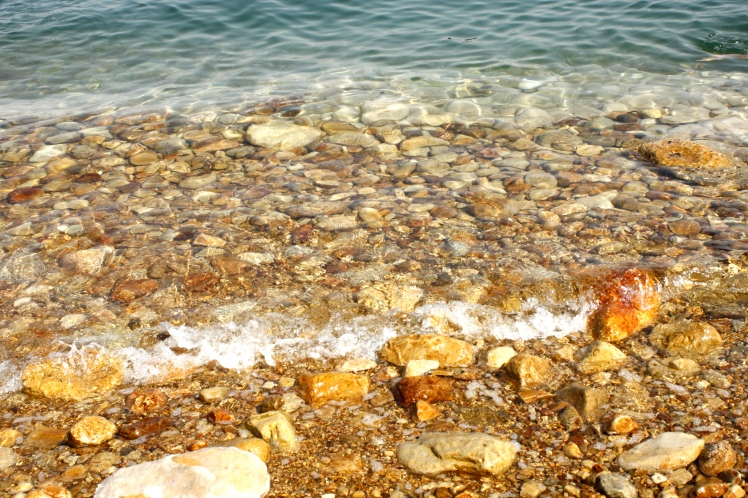
After floating in the sea awhile and having great fun and taking weird pictures, a couple people walked up the shore a ways and found some gooey, black goop to deck their skin with. The wise (or the lazy:) proceeded to the showers in attempt to cleanse our mineral-infused skin. After that stop we continued up to Qumran. Here in caves the Dead Sea Scrolls were discovered but where did they come from? What archeologists have found in the settlement and through examining scrolls it seems to indicate a Sadducean group of people living here. Perhaps they were descendants of Zadoc and their place of service in the temple had been replaced by the Hasmoneans so they moved away from Jerusalem to this place near the Dead Sea waiting for the day of vindication from God.
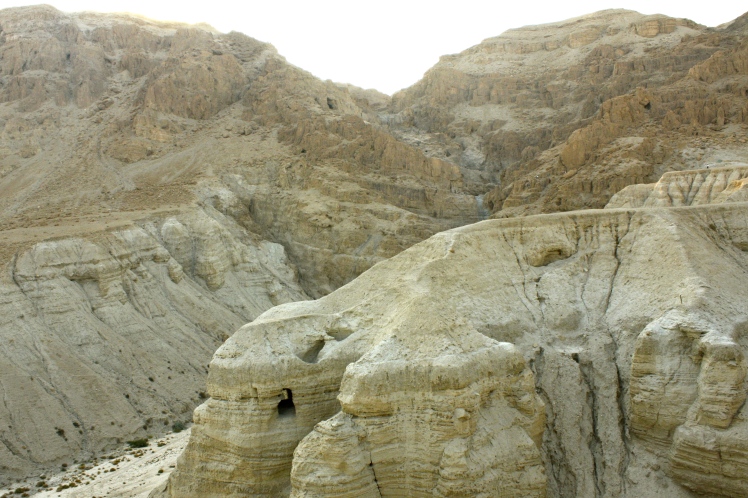
We looked at Ezekiel 47 here as well. Will there be a day when the water of God’s spirit will literally flow down to the sea and cleanse the bitterness and sweeten the waters of salt? Its a beautiful metaphor to liken our lives; when the Spirit comes in, all bitterness become sweet and there is abundant life flowing from us instead of death.

Okay folks, that is finally the last of the field study stuff and I have a whole week before our next one! Maybe I can actually post some current news this week, like how cool the holidays are around here and such loveliness.

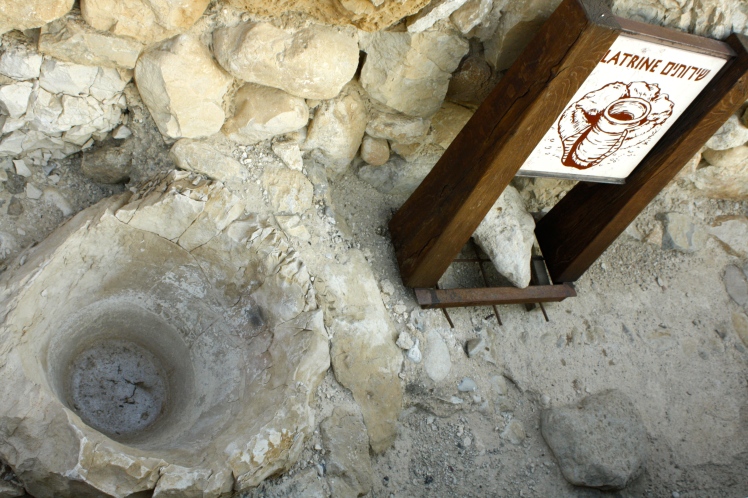
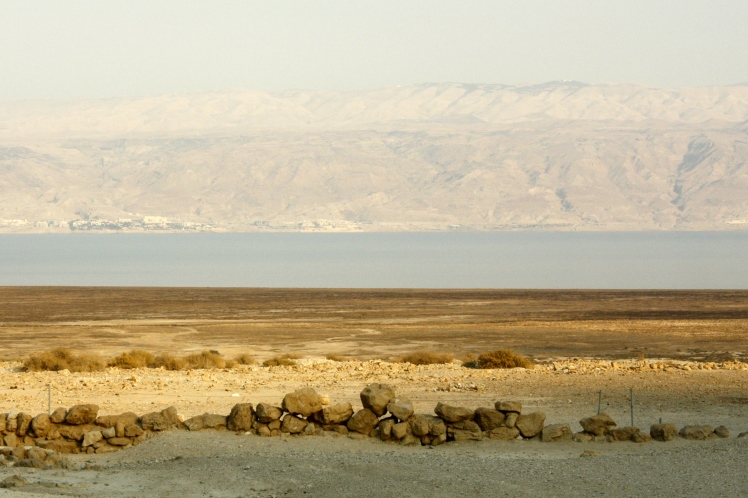
Rosetta it looks like an awesome adventure!
LikeLike
That was definitely my favorite trip so far! God is so amazing.
LikeLike
So fun to read about your journeys! May the Lord bless you and keep you and make His face to shine upon you and be gracious unto you. The Lord turn His countenance upon you and give you His Shalom. What a joy! Mom
LikeLike